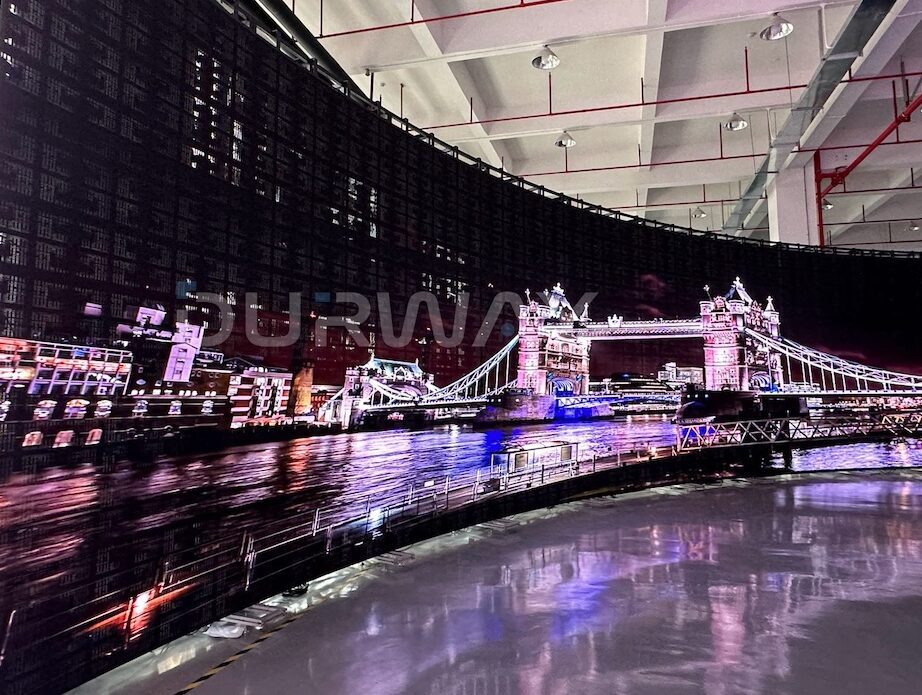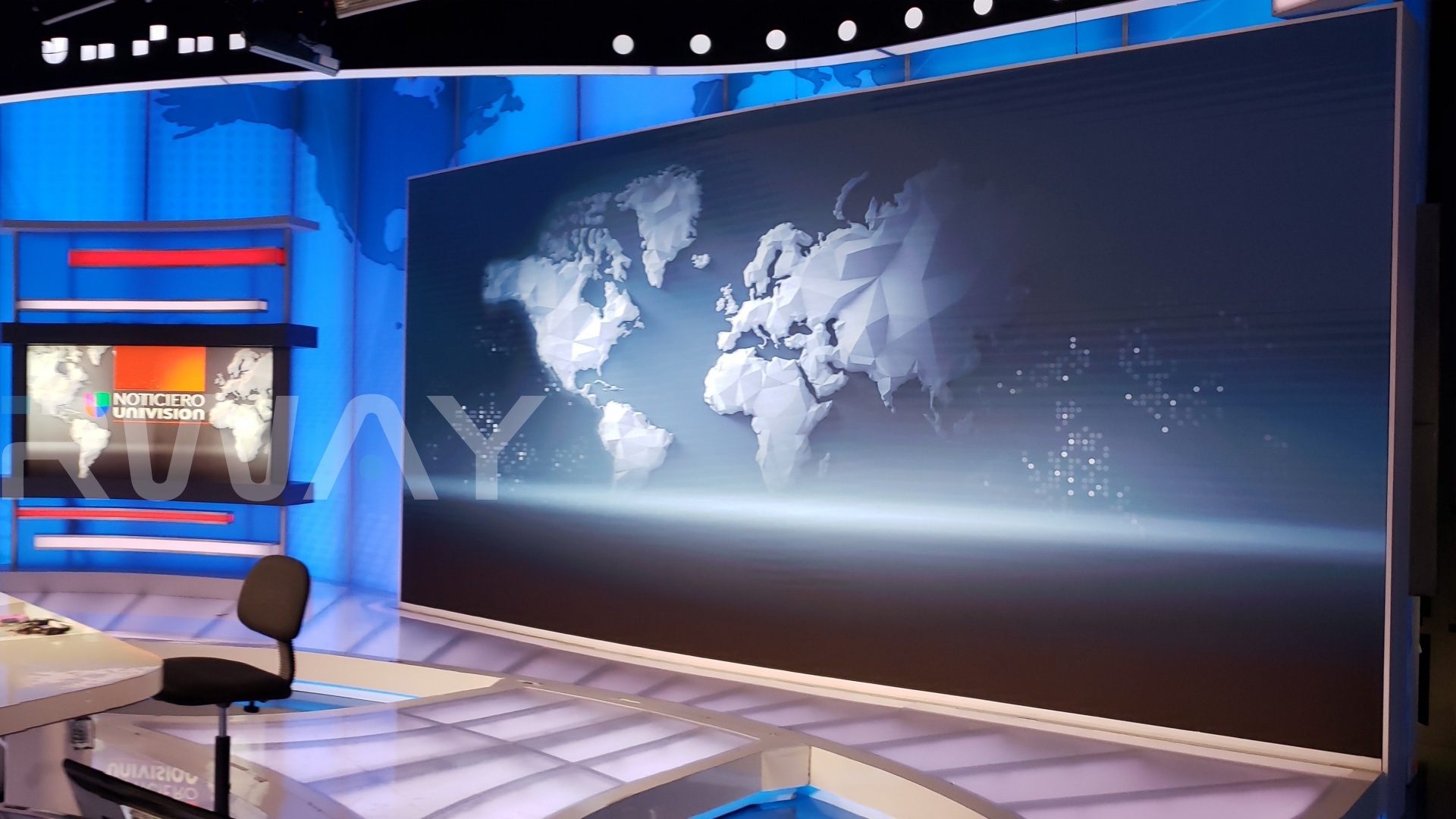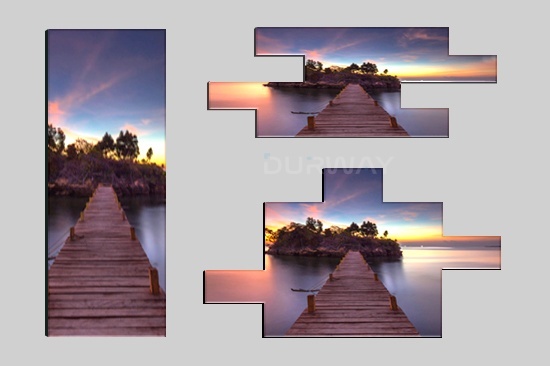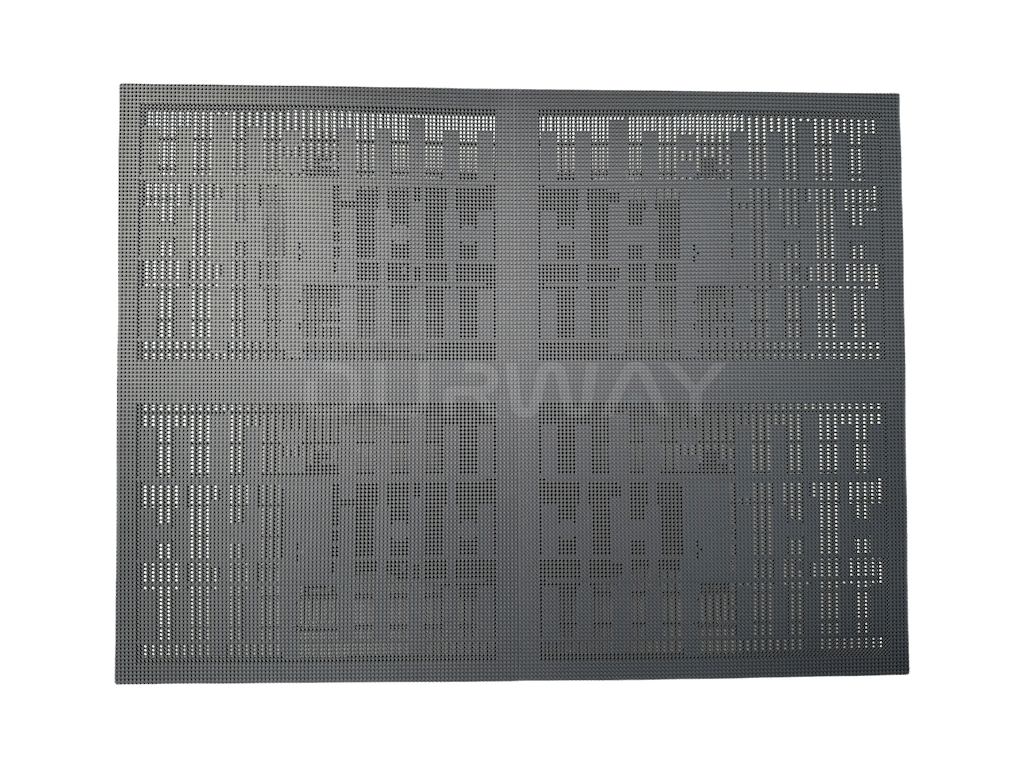
Theater Display Screens
While LED screens are popular in theaters, they present challenges such as sound obstruction due to non-transparent panels, potential acoustic interference, high installation and maintenance costs, and the need for precise color and brightness calibration. Additionally, ensuring seamless integration with existing stage designs and achieving optimal visual clarity in varied lighting conditions can be difficult.
What are the challenges of the Theater Display?

Audio Quality Integration
Sound Obstruction: Traditional LED screens can block speakers positioned behind or around the display, leading to muffled or diminished sound quality.
Acoustic Interference: The materials used in standard screens may interfere with sound waves, causing echoes or distortions that detract from the audience’s auditory experience.
Theater
Visual Performance Requirements
.01
Color Accuracy and Vibrancy
Superior Color performance
.02
High Clarity and Resolution
Sharp, high-definition images are essential for detailed visuals
.03
High Refresh Rates
Smooth motion rendering is crucial.
.04
Wide Viewing Angle
170° horizontally and vertically.
.05
HDR and 10-Bit Color Support
HDR and 10-bit colors ensure immersive, lifelike visual experiences.
.06
Durability
Dustproof, waterproof, and anti-collision


Flexible installation
Theaters often have unique architectural layouts, requiring display screens that can be customized in shape and size to fit the space without disrupting the overall design.
Acoustic transparent LED screen is a high-performance display for Theater
Acoustic transparent LED screens allow sound to pass through without distortion, enabling seamless audio-visual integration. Featuring high resolution, vibrant colors, and uniform brightness, they create immersive environments for theaters, retail, and exhibitions. These innovative displays maintain superior visual quality while enhancing the auditory experience, perfect for dynamic, interactive settings.


